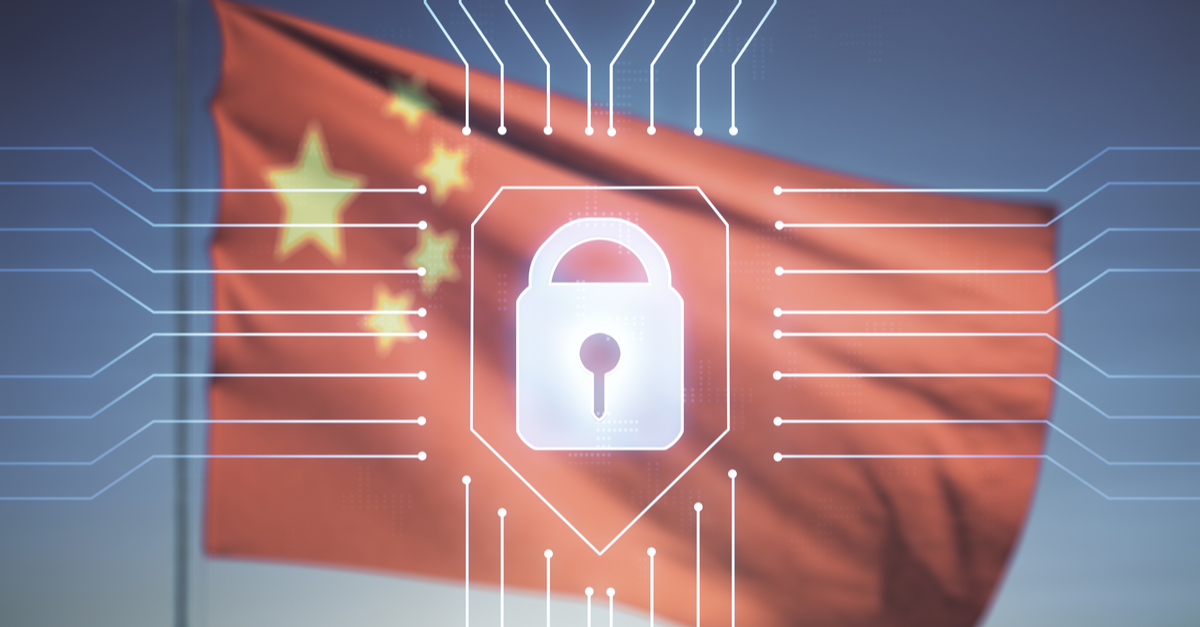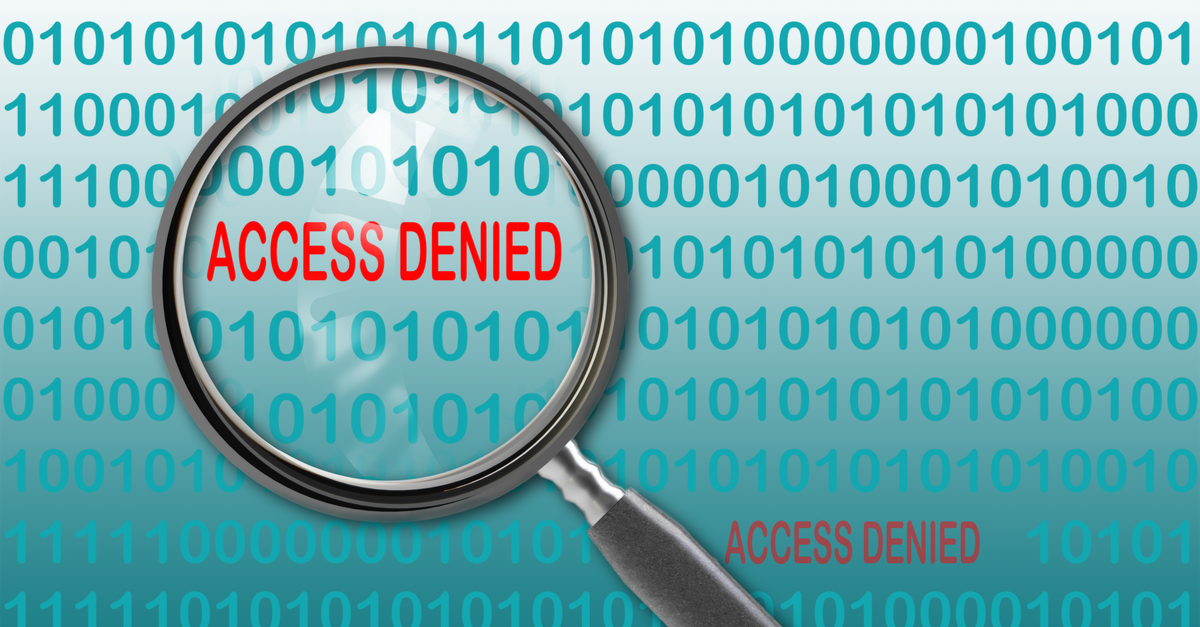How Data Masking Helps Prevent Cyber Attacks
Data Masking could have helped prevent recent, high-profile destructive cyber attacks.
How?
By scrambling or removing sensitive data from production and non-production systems, Data Masking can prevent compromised privileged user account information from being used to gain access to sensitive data such as Social Security Numbers.
Greg Wendt, GreyHeller’s Executive Director of Security Solutions and Services, said “I’m consistently amazed that more organizations haven’t implemented Data Masking or Two-Factor Authentication.”
Cyber criminals using compromised privileged user account information to access databases would not be able to actually see the data had it been masked. Further, combining Two-Factor Authentication with Data Masking would impose even tighter security on that sensitive data, ensuring that access only occurs once the Two-Factor Authentication challenge was successfully passed, often with an SMS message or secure ID token.
According to Mr. Wendt, “privileged user access is a huge threat vector that can be properly managed with masking and Two-Factor Authentication.”Privileged users are often defined as systems and database administrators in the information technology department who maintain systems and databases that contain sensitive information.
GreyHeller’s software product – ERP Firewall – contains powerful Data Masking and Two-Factor Authentication capabilities and is used by major commercial and higher education institutions to protect their sensitive data from cyber attack.
Additional Resources:
About GreyHeller
San Ramon, California-based GreyHeller serves Oracle® PeopleSoft customers globally across all industries, helping them secure and mobilize their PeopleSoft investment. GreyHeller’s software solutions – PeopleMobile®, ERP Firewall and Single Signon – are in production at nearly 100 PeopleSoft customers. PeopleMobile® renders PeopleSoft responsive across any mobile device and desktop. ERP Firewall and Single Signon protect PeopleSoft customers from criminal and inadvertent breach. For more information about GreyHeller, please visit www.greyheller.com.
Put the Appsian Security Platform to the Test
Schedule Your Demonstration and see how the Appsian Security Platform can be tailored to your organization’s unique objectives
Fluid UI– How to Deploy Safely & Securely– Webinar Recording
GreyHeller’s Executive Director of Security Solutions, Greg Wendt, leads a demo-intensive session showing how organizations can deploy fluid transactions safely using the following techniques:
- Location-based security
- Two Factor Authentication
- Field level masking
- Logging and Analysis
- Utilization of Mobile Device Management solutions
Put the Appsian Security Platform to the Test
Schedule Your Demonstration and see how the Appsian Security Platform can be tailored to your organization’s unique objectives
Secure Yourself Today for Tomorrow!
Ethical Hackers at Rhino Security Labs released information about serious security holes within Oracle applications this week. Millions of records were at risk across numerous state and federal agencies, colleges and ports.
There are several causes of an event like this. Lax security and poor change control policies are at the forefront. Isn’t it time to stop “hoping” that you do not get hacked? Utilizing the ERP Firewall for multi-factor authentication could have stopped access like this before it started.
Oracle released the patch for this issue more than two years ago. Two years and it is still an issue in production systems around the world. Maintenance and security go hand in hand. If your organization cannot stay current on maintenance – then you owe it to you customers to implement the ERP Firewall to protect their data. If your organization stays current with maintenance you still owe your customers the same protection level of the ERP Firewall.
As the article states, “This is somewhat bigger than, than some of the major data breaches we’ve seen in the credit card industry,” said Caudill. “Even though there’s many fewer records here, only a few million, we’re talking about Social Security numbers, date of births, everything you need for identity theft, as opposed to credit card theft.”
Securing your applications is not an option it is mandatory. Make the call today, because it is not just your job your saving it is your identity.
Put the Appsian Security Platform to the Test
Schedule Your Demonstration and see how the Appsian Security Platform can be tailored to your organization’s unique objectives
Protect Against Mistakes
Homeland Security issued a new report warning about hackers attacking remote access software. Checking in from home leaves entry for hackers. Victims of these attacks include Target, P. F. Chang’s, Neiman Marcus, Michaels, Sally Beauty Supply, and Goodwill Industries International, the nonprofit agency that operates thrift stores around the country.
The report recommends….making two factor authentication the status quo.
Seattle University got caught with scanned images on an internal drive without permissions. Seattle University donor checks exposed. Incorrect permission settings on an internal drive made it possible for anyone with a Seattle University computer account to view the information.
Two-factor authentication invoked upon accessing the drive would have prevented unauthorized access without first passing a two-factor challenge
Put the Appsian Security Platform to the Test
Schedule Your Demonstration and see how the Appsian Security Platform can be tailored to your organization’s unique objectives
Don’t be reactive when it comes to securing your PeopleSoft assets from cybercime. Be proactive.
Kevin R. Brock, a leading cybersecurity expert and the FBI’s former Principal Deputy Director, National Counterterrorism Center and Assistant Director for Intelligence, in a recent Forbes article stated –
“The impacts of cyber intrusions and disruptions are much greater and often devastatingly public—bringing to bear significant risk to company reputation, shareholder value and creating an entire new set of liabilities. Historically, the management of this risk has been delegated down in the organization. Current studies still show that upper management in most companies is rarely briefed on cyber threats.”
When working with PeopleSoft customers to help them understand their security risks, we often find that these organizations believe they are better protected than they actually are.
Our advice? Stop being reactive. Be proactive.
Correct preparation makes incidents far easier to resolve. Detailed and specific event-driven logging can alleviate some of the frustrations. Within the PeopleSoft application stack, it is often difficult to understand what users are doing after the fact. Sometimes effective dated pages make that easier, but nothing can replace a great logging solution.
Case in point….a user gets phished and the attacker then impersonates that user to update data within the PeopleSoft application. It might be easy to see the one row the attacker updated, but what about the data the attacker just looked at? How would you like to definitively answer what that attacker did?
Correct preparation would give you these answers – all the components, pages, and records that attacker saw. Yes, that’s right – know what the attacker accessed. Correlate by times, IP address or other information that you choose to log.
How about another scenario in which a professor travels abroad, accesses their personal data and updates an address? Later on in the day the organization is attacked from the country visited. The security staff at the University wants validation of the transaction(s). With the right logging this is an easy question to definitively answer – a quick resolution to a false positive.
Detailed, specific, event driven, customizable logging designed for your business processes greatly simplifies incident response.
The costs of resolving an incident continue to increase.
Our advice? Minimize the risks by being proactive with your security.
Put the Appsian Security Platform to the Test
Schedule Your Demonstration and see how the Appsian Security Platform can be tailored to your organization’s unique objectives
Click to Call for Two-Factor Authentication
Recently, one of our Higher Education customers – a highly regarded US university – implemented another option for Two-Factor Authentication using our ERP Firewall software product.
Click to Call allows 2FA pins to be delivered via a telephone voice call.
Click to Call is based on new PeopleCode packages and several Java JAR files that interact with a third party calling system. It is invoked when a PeopleSoft user triggers an event –accessing sensitive data that GreyHeller’s ERP Firewall systems has been configured to protect – that sends the message to the external voice call system. That system then retrieves data containing the requested credentials from PeopleSoft. The user then enters the 2FA pin on the challenge screen which completes the challenge.
iScripts, JAR files, custom application packages, third party integration – sounds complicated right? Wrong. ERP Firewall seamlessly integrates from the user’s page action to the delivery of the call in less than 3 seconds.
The message can be customized to contain important information in addition to just the 2FA pin. This information could be beneficial and timely.
Click to Call joins ERP Firewall’s other 2FA challenges methods:
- Text
- Time-based one time password (TOTP)
- Duo Security
- IVR
- Instant Messaging
- Biometrics.
Put the Appsian Security Platform to the Test
Schedule Your Demonstration and see how the Appsian Security Platform can be tailored to your organization’s unique objectives














